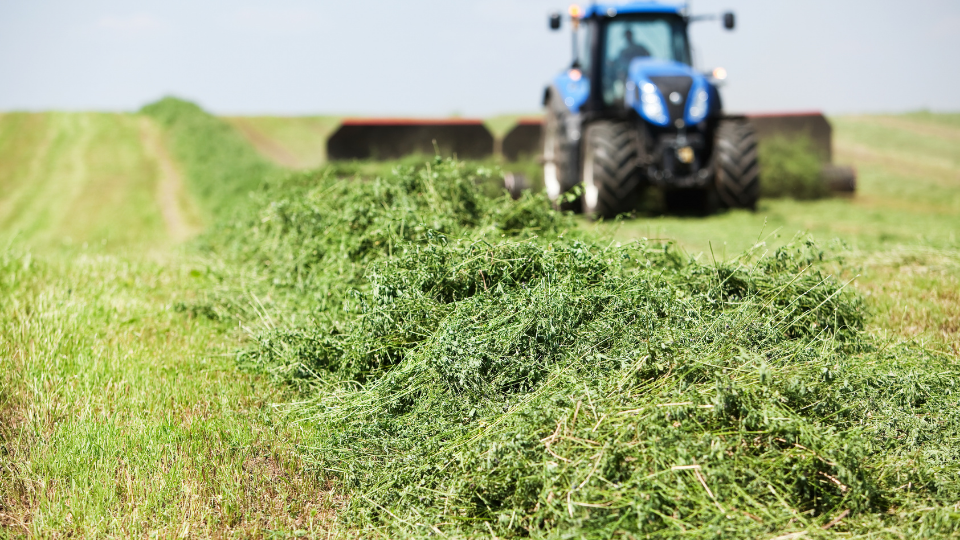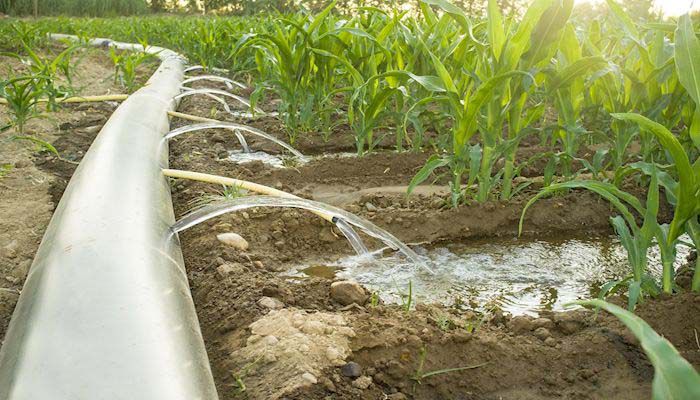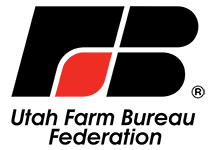Utah Farm Bureau Water Academy Addresses Pressing Water Issues Facing Agriculture
Author
Published
7/11/2025
The Utah Farm Bureau Federation recently hosted its Water Academy, bringing together agricultural operators, canal company managers, policymakers, and water experts to explore some of the complex challenges and evolving solutions shaping Utah’s water future. The day-long event at Utah Farm Bureau’s office in Sandy featured presentations on water messaging, infrastructure funding, water company operations, and voluntary programs—all focused on ensuring a viable future for agriculture and water delivery in the state.
Understanding Utah's Mutual Water Companies
Warren Peterson, Utah Farm Bureau Water Policy Advisor, opened the event by providing a primer on Utah’s mutual irrigation companies. These entities—commonly referred to as canal or water companies—play a critical role in delivering water to agricultural users. Attendees learned about the importance of transparent governance, the roles of shareholders, directors, and staff, and the need for clear policies to navigate water rights, transfers, and shareholder interests.
Public Attitudes and Water Messaging
Bart Forsyth, Policy Advisor for Utah Water Ways, presented findings from the 2025 Utah Water Values Study. The research confirms that water remains a top concern for Utahns, just behind housing, and is closely tied to quality of life, food security, and the environment. The study found that the majority of Utahns don’t believe we will have enough water 20 years from now. Forsyth outlined strategies for effective water messaging: connect with core values, address knowledge gaps, use wording and phrasing that resonates, and use visuals to illustrate waterwise practices. The study also revealed persistent misconceptions about water use and conservation, highlighting the need for ongoing public education.

Infrastructure Needs and Funding
Joel Williams and Shalaine DeBernardi from the Utah Division of Water Resources presented a detailed look at the state’s infrastructure needs and funding landscape. With billions of dollars in projected needs through 2060—including drinking water, water quality, and agricultural projects—the state is working to write the Unified Water Infrastructure Plan (UWIP) to coordinate and prioritize projects. Recent legislative efforts, such as H.B. 280 (2024 General Session) and H.B. 285 (2025 General Session), have created new tools and funding mechanisms to support this work. Agency representatives outlined the phased planning process, funding eligibility criteria, and timeline for project submission and ranking.
Canal Company Operations and Innovations
Trevor Nielson and Randy Udy, managers of the Bear River Canal Company, shared how their company is modernizing water delivery for local farmers through a combination of strategic investments and careful management. They explained that the company is owned by shareholders and overseen by a board, with everyone required to follow strict rules and bylaws to ensure fairness and legal compliance. Their presentation included data on the return on investment from lining and automation projects, showcasing how strategic infrastructure improvements can generate significant water savings and reduce maintenance costs. They also discussed the legal complexities of changing water use and the importance of protecting canal easements from encroachment. Overall, their remarks underscored the importance of good governance, smart investment, and adaptability to protect agricultural water users.
Agricultural Water Leasing Options
Travis Brammer and Shawn Regan of the Property & Environment Research Center (PERC) discussed the concept of voluntary, short-term agricultural water leasing. Their presentation emphasized flexibility for producers, highlighting tools that allow water users to maintain ownership while temporarily leasing water. Leasing programs are designed to be low risk, with compensation based on verified water savings, and can be tailored to individual producers or canal companies.

Legal Considerations and Change Applications
Warren Peterson concluded the Academy with a presentation on the legal complexities facing canal and water companies, particularly regarding change applications and saved water programs. He outlined the statutory process for shareholder change applications, the need to amend governing documents to accommodate new water programs, and the importance of risk evaluation and transparency for shareholders. Peterson recommended developing resource guides and templates to help companies and producers navigate these changes, noting that Utah’s 1,200 canal companies must be prepared to adapt to emerging opportunities and requirements.
Utah Farm Bureau’s Water Academy continues to serve as a valuable forum for addressing both the technical and strategic dimensions of water management in agriculture. If you have questions about the Academy or recommendations for future topics for discussion, please feel free to reach out to me at terry.camp@fbfs.com.
Want more news on this topic? Farm Bureau members may subscribe for a free email news service, featuring the farm and rural topics that interest them most!
